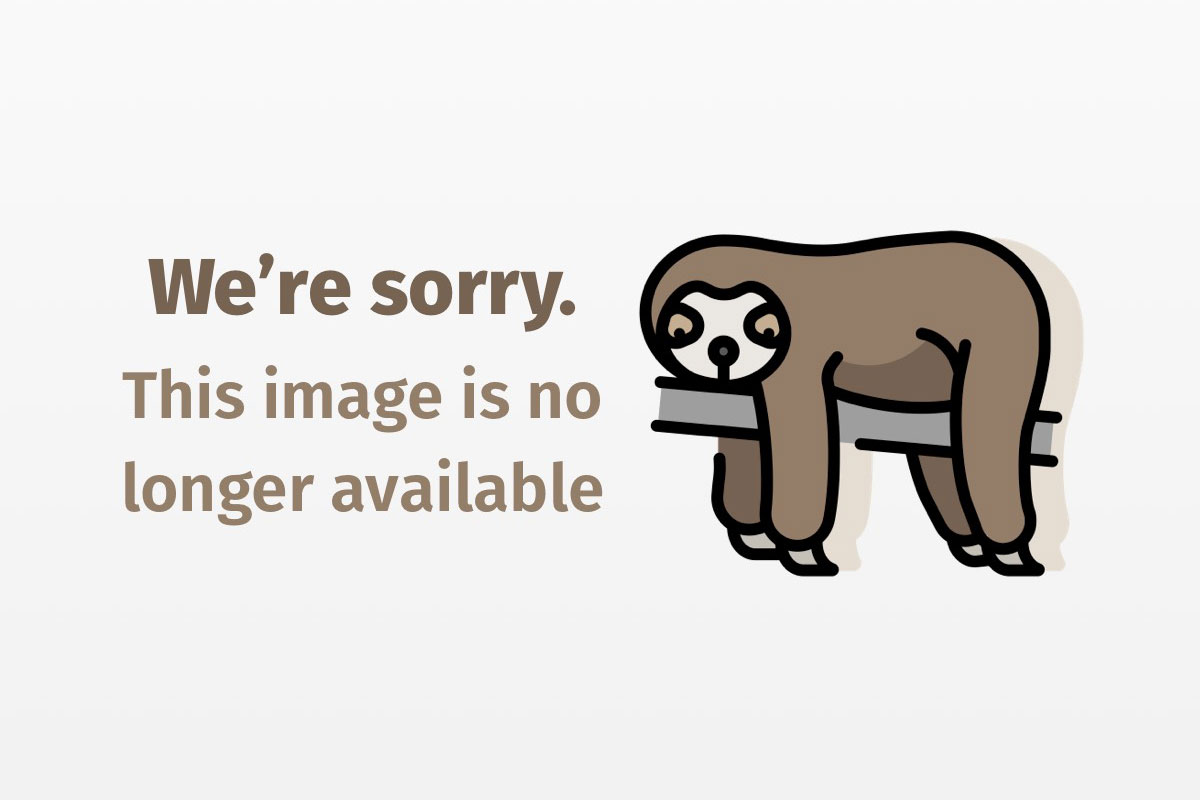
Second standards phase emerges
After XML and SOAP, the next Web services standards wave will focus on security, reliability
WITH THE CAVALCADE of companies behind Web services having more or less come to an agreement, the industry’s first foray into Web services standards is inching toward completion and is heading into what some experts call Phase Two.
Bob Sutor, director of e-business standards strategy at IBM in Somers, N.Y., says the move toward Web services will be a three-phase approach. The original collection of Web services standards serve as a foundation, enabling companies to describe Web services, register them in a directory where they can be located, and ultimately consume services across a variety of platforms. Phase Two, Sutor says, will focus on security, authentication, and more reliable messaging.
Perhaps the most remarkable aspect about the first phase of standards — XML, SOAP (Simple Object Access Protocol), UDDI (Universal Description, Discovery, and Integration), and WSDL (Web Services Description Language) — is that even bitter rivals Microsoft, Sun, IBM, and Oracle all agree on these core protocols to a certain extent. Even though not all are officially deemed standards by independent bodies, they are certainly viewed as such by vendors.
“Between IBM and Microsoft in the SOAP, WSDL, UDDI arena, there has been a reasonable degree of consistency between them, although implementations of SOAP have not been done in a completely interoperable way,” says Mike Gilpin, an analyst at Cambridge, Mass.-based Giga Information Group. “But at least users can work with both IBM and Microsoft technologies. At those levels of the architecture, it is possible to find a way to make things work together.”
This is not to say that these de facto standards are finished; in fact, there are currently a number of unresolved issues with the standards. XML has been around for more than five years and, as such, is the most mature. SOAP, UDDI, and WSDL, however, have each drawn criticism from users and analysts.
SOAP, for instance, lacks support for complex transactions and is instead better suited to request and reply transactions. The protocol is also incapable of broadcasting or sending transmissions simultaneously to multiple recipients, analysts say.
“The SOAP standard is years away from being completed,” says Roy Schulte, an analyst at Gartner in Stamford, Conn.
Schulte adds that UDDI is seeing slow adoption as well. One of the problem areas emerging with UDDI is its promise of dynamic discovery, in which users can easily locate Web services and then tap into them. But not everyone sees this promise reaching fruition anytime soon.
“The idea that it is so highly configurable that we can use services dynamically without giving forethought, and that it will be compatible to my needs, is unlikely to come about,” says Tim Snyder, CTO of Valtech, a consulting group in Addisson, Texas.
As a result of the unpolished existing standards and the need for even more standards, some users don’t see Web services as a viable option in the enterprise just yet.
“In the short term I see little changing in [the Web services] area,” says Chris Lacey, senior systems accountant at British Telecom in London. “As Web services technologies become more cost effective to implement and maintain, this may improve matters.”
While specifications are hammered out and standardization paperwork is completed, a host of companies are looking to usher in a new group of standards to address issues such as security, authentication, and reliable messaging.
“As far as Web services go, what we have is a good initial spark. How you parse data around is stable. The next level is, How do you do transactions and how you do security? There is no standard,” explains Graham Glass, CEO at The Mind Electric, a Dallas-based software infrastructure provider that focuses on Web services.
But vendors are already concocting the foundations for new standards, and analysts expect to see the same players behind this new round. Microsoft, for instance, introduced the Global XML Web Services Architecture at its Professional Developer’s Conference last October in Los Angeles.
The four specifications involved — WS-Security, WS-License, WS-Routing, and WS-Referral — all build on and extend the current set of Web services standards, specifically SOAP. Microsoft said it plans to develop these specifications and then turn them over to one or more standards bodies.
Although IBM has not yet publicly backed the Global XML Web Services Architecture, Sutor says that the company is in talks with Microsoft and will get behind the specifications as they mature, presuming that they meet IBM’s needs.
Sutor notes that specifications such as Microsoft’s Global XML Web Services Architecture will serve as pieces of Web services’ second phase, which is still being developed. Phase Three, he says, is where Web services will be used for activities such as workflow and systems management.
Giga’s Gilpin says there might be reason to worry that the major vendors won’t play nice as Web services evolve further.
“At the higher levels of the stack, although there is some agreement between [the vendors] on the specifications and proposals around security, there are other opportunities around things like transactions and business rules that could create more divergence,” Gilpin explains.





